Why Is Everything Made in China? A Comprehensive Analysis
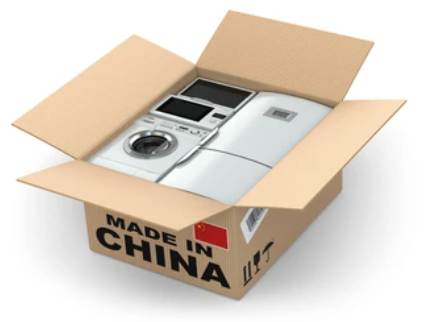
Introduction
In today’s globalized economy, it’s hard to ignore the ubiquitous “Made in China” label on products ranging from electronics to clothing. But why is China such a dominant force in manufacturing? This article aims to delve into the multifaceted reasons behind China’s manufacturing prowess and explore the implications of this phenomenon.
Factors Driving Manufacturing in China
Economic Factors
China’s emergence as a manufacturing powerhouse can be attributed to various economic factors. The country offers a vast pool of low-cost labor, making production more affordable for companies worldwide. Additionally, China’s robust infrastructure, including extensive transportation networks and specialized industrial zones, facilitates efficient manufacturing processes.
Government Policies
Government policies play a crucial role in shaping China’s manufacturing landscape. The Chinese government has implemented policies aimed at attracting foreign investment and promoting export-oriented industries. Special economic zones, tax incentives, and relaxed regulatory frameworks have incentivized companies to set up manufacturing operations in China.
Supply Chain Integration
China’s integration into global supply chains has been instrumental in its manufacturing dominance. The country serves as a key hub for sourcing raw materials, components, and finished goods, offering logistical advantages and cost efficiencies to multinational corporations. This integration fosters collaboration and coordination across industries, driving innovation and productivity gains.
Scale and Specialization
China’s sheer scale and specialization across various industries contribute to its manufacturing prowess. The country boasts a diverse manufacturing base, ranging from electronics and automotive to textiles and machinery. This diversity allows for economies of scale, with manufacturers leveraging mass production to lower costs and increase competitiveness.
Technological Advancements
China’s rapid technological advancements have further bolstered its manufacturing capabilities. The country has invested heavily in research and development, fostering innovation and technological adoption across industries. From automation and robotics to advanced manufacturing processes, China continues to push the boundaries of manufacturing efficiency and productivity.
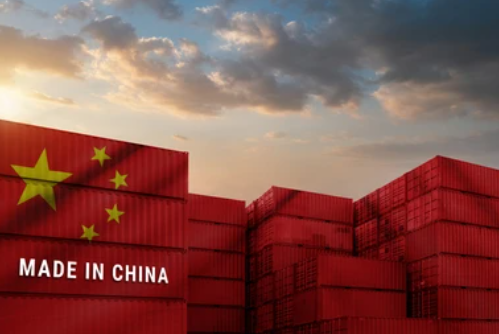
Implications of China’s Manufacturing Dominance
China’s dominance in manufacturing has far-reaching implications for global trade, geopolitics, and socio-economic dynamics.
Global Trade Dynamics
China’s role as the “world’s factory” has reshaped global trade dynamics. The country’s vast manufacturing output fuels international trade flows, with Chinese-made goods exported to markets around the world. This trade dependency on China has both benefits and challenges, influencing trade balances, supply chain resilience, and geopolitical tensions.
Outsourcing and Offshoring
The outsourcing of manufacturing to China has been a strategic decision for many companies seeking cost savings and access to a skilled workforce. However, this reliance on offshore manufacturing carries risks, including supply chain disruptions, intellectual property concerns, and geopolitical uncertainties. Companies must carefully weigh the benefits and drawbacks of outsourcing to China.
Environmental and Social Impact
China’s rapid industrialization and manufacturing expansion have raised concerns about environmental degradation and social implications. The country faces challenges related to pollution, resource depletion, and labor rights abuses. Efforts to address these issues, such as environmental regulations and labor reforms, are crucial for sustainable manufacturing practices in China and beyond.
Geopolitical Dynamics
China’s manufacturing dominance has geopolitical implications, shaping international relations and strategic alliances. The country’s economic influence and technological capabilities have elevated its global standing, prompting geopolitical rivalries and alliances. As China continues to assert its presence on the world stage, geopolitical tensions may escalate, impacting trade policies and diplomatic relations.
Innovation and Competitiveness
China’s emphasis on innovation and technology-driven growth presents both opportunities and challenges for global competitiveness. The country’s investments in research and development, coupled with its skilled workforce, position it as a formidable competitor in advanced industries such as technology and renewable energy. This pursuit of innovation fosters competition and drives advancements in global manufacturing standards.
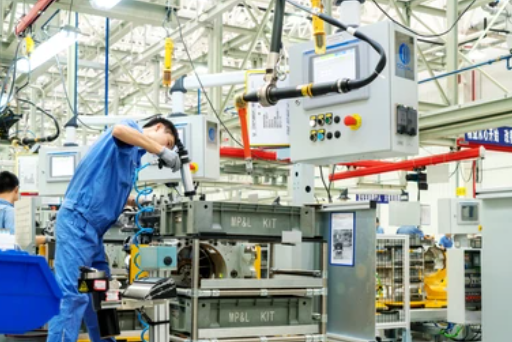
Conclusion
The question of why everything seems to be made in China is multifaceted, reflecting a combination of economic, political, technological, and social factors. China’s manufacturing dominance is the result of decades of strategic planning, investment, and integration into global supply chains. While this phenomenon has reshaped global trade and economic landscapes, it also presents challenges related to sustainability, geopolitics, and social responsibility. Understanding the complexities of China’s manufacturing prowess is essential for navigating the opportunities and risks inherent in today’s interconnected world.
Recent Posts
- Budget-Friendly Imports: Strategies for Cost Control When Importing Goods From China
- Bridging Cultures: Navigating Cultural Aspects in China Imports
- Guide to working with a sourcing agent in China for startups
- How China Sourcing Agents Can Transform Your Business
- Exploring the Benefits of Collaborating with a China Sourcing Agent
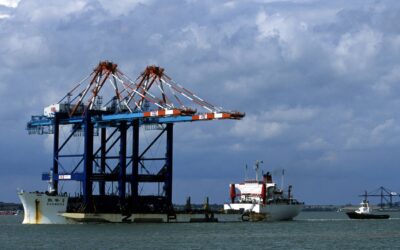
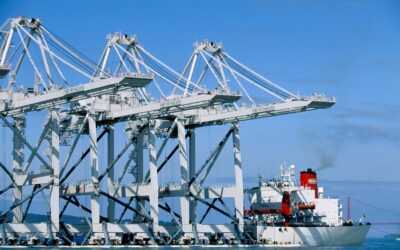
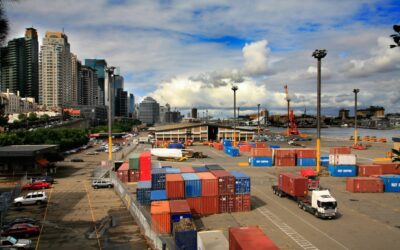


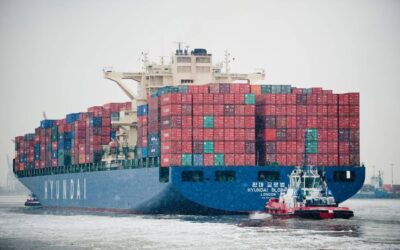

Recent Comments